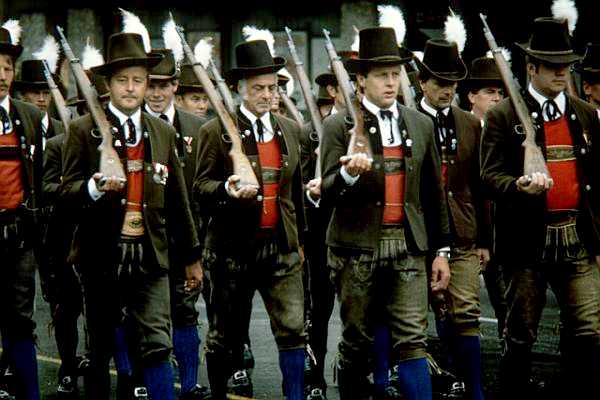LouLong
In love with Rei Ayanami
@ Ozy : thanks for the stats. I will try my best while doing the map so that European cities cannot grow too much and have roughly the good population. I will have to tweak some resources (a bit like Tet in his mod) to get the good growth potential as well.
But cities in Civ3 include the countryside too. So I will consider densities too and I will avoid "giants" like Sweden in some scenarios ( )
)
About the precision of the map I 'd say : Do not fear, my friend. If there is one thing I am pretty good at, it is positionning accurate histrorical cities (and I have pretty good sources too).
@ Steph : yes, you are right about the Prussians and drafting.
And I agree about having non-French units becoming stronger with time. French troops will remain the same though and not decline : their relative power will shrink or even go reverse if the others progress anyway. And if the French player tries to invade Russia, he will likely have to build a large army of conscripts back in the French territories which will make him have a lower army on average. Don't you agree ?
Edit : just saw a latest post, looks like we agree on that one.
About hussars, think we can use the converted ones from Cossacks alright ?
But cities in Civ3 include the countryside too. So I will consider densities too and I will avoid "giants" like Sweden in some scenarios (
 )
)About the precision of the map I 'd say : Do not fear, my friend. If there is one thing I am pretty good at, it is positionning accurate histrorical cities (and I have pretty good sources too).
@ Steph : yes, you are right about the Prussians and drafting.
And I agree about having non-French units becoming stronger with time. French troops will remain the same though and not decline : their relative power will shrink or even go reverse if the others progress anyway. And if the French player tries to invade Russia, he will likely have to build a large army of conscripts back in the French territories which will make him have a lower army on average. Don't you agree ?
Edit : just saw a latest post, looks like we agree on that one.
About hussars, think we can use the converted ones from Cossacks alright ?

 )
) )
)


